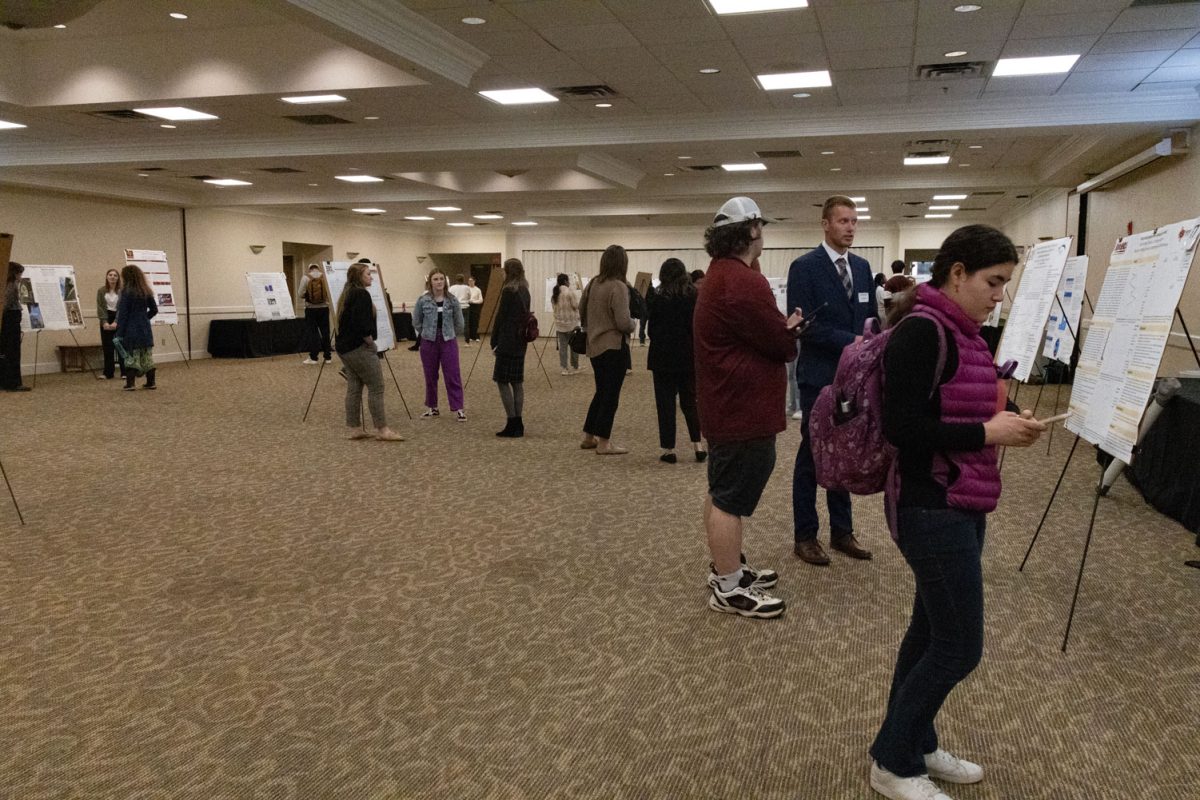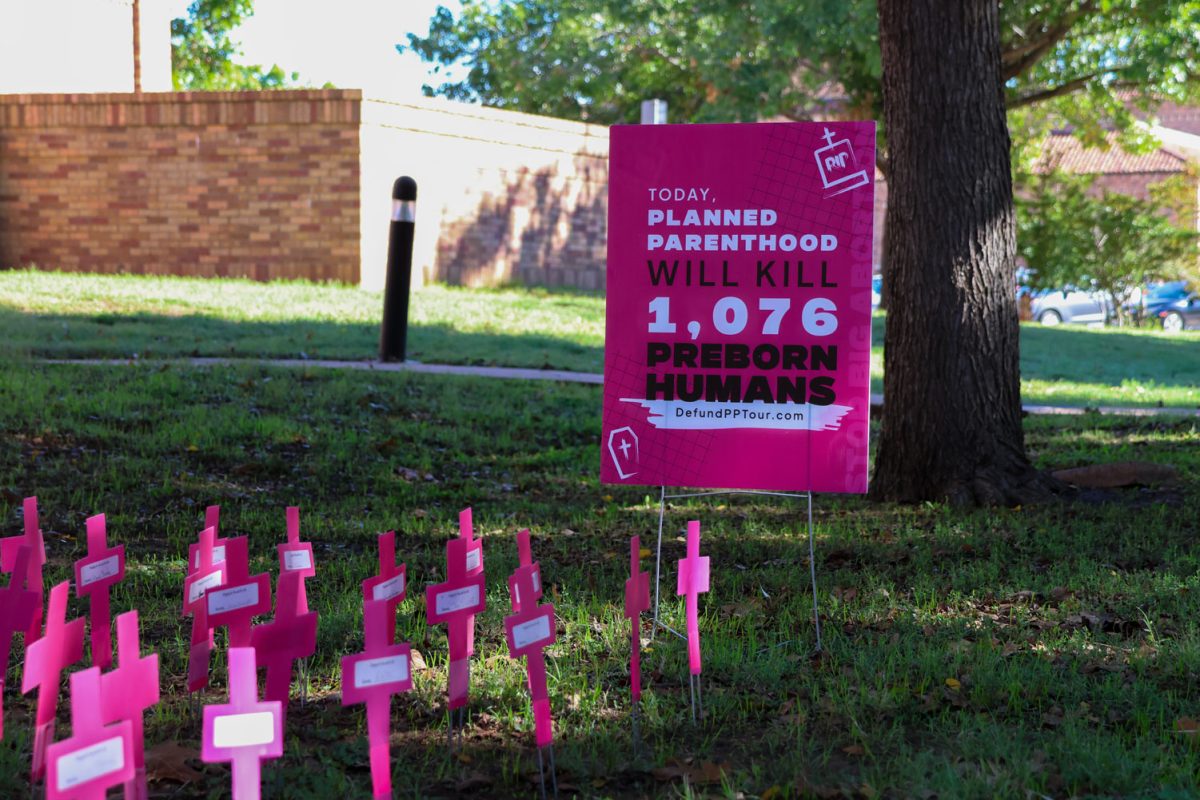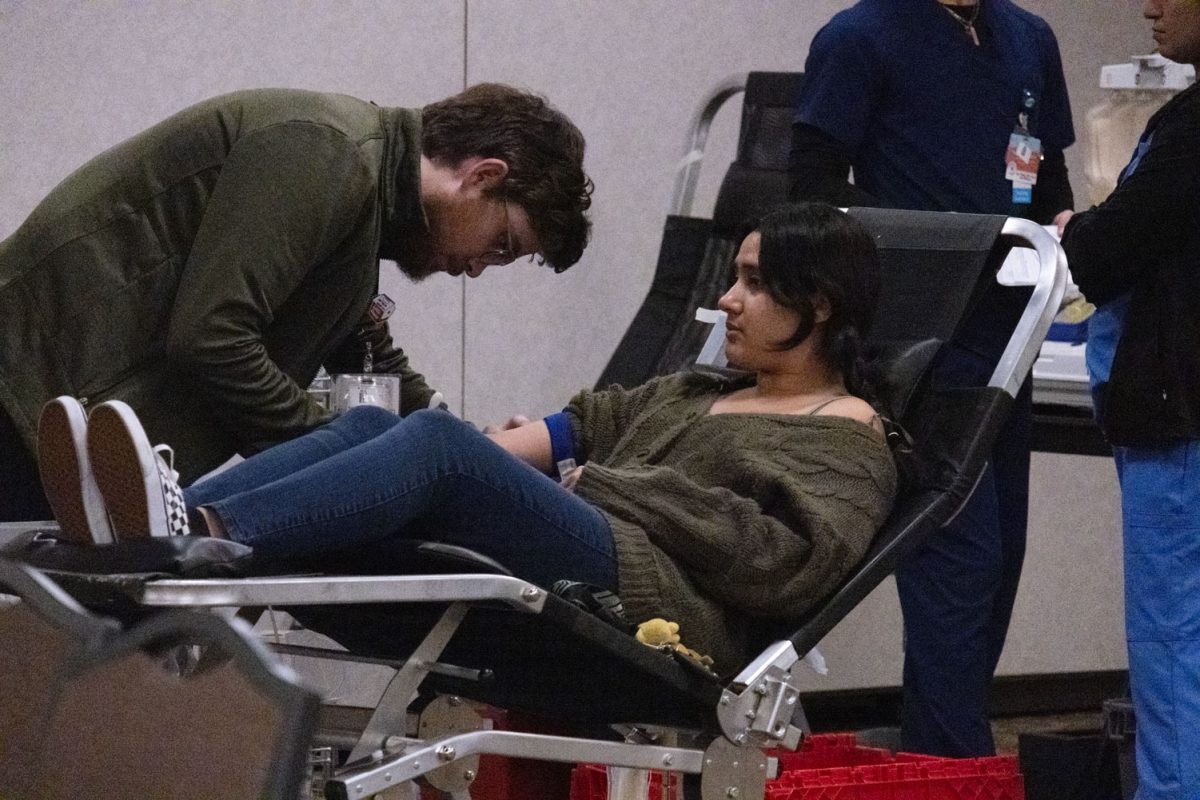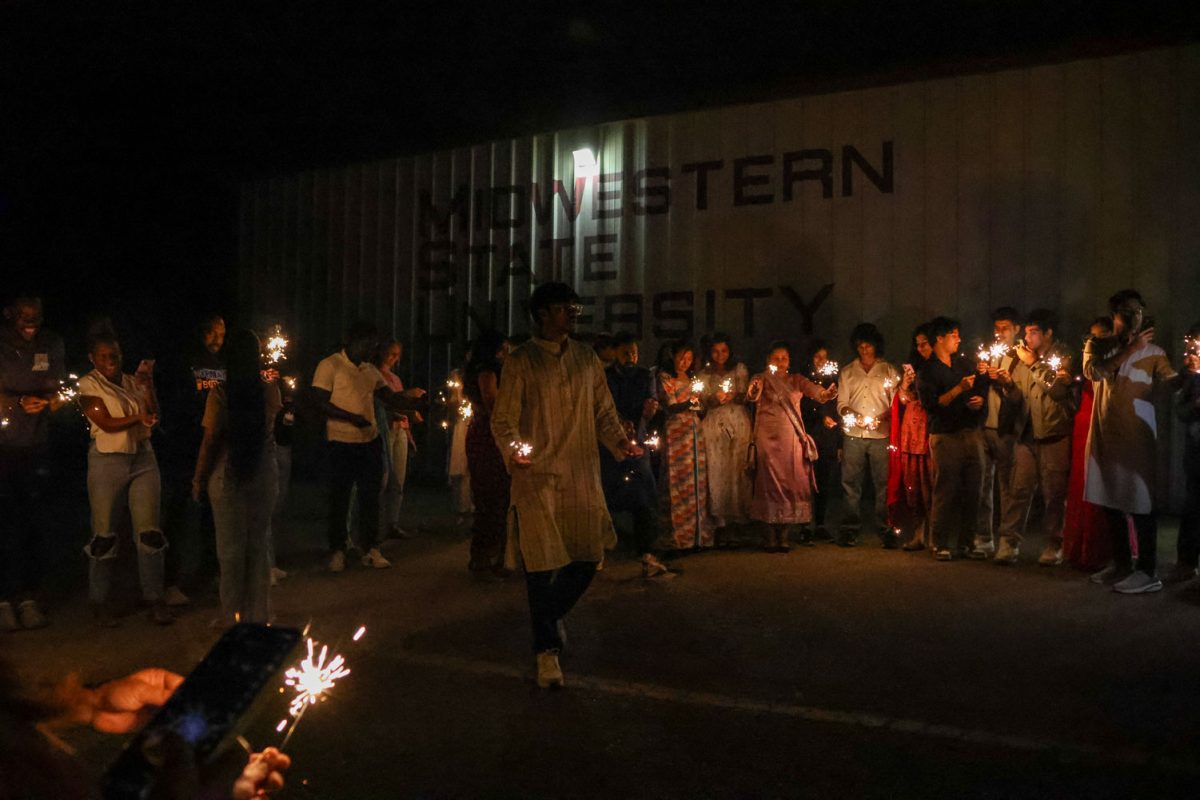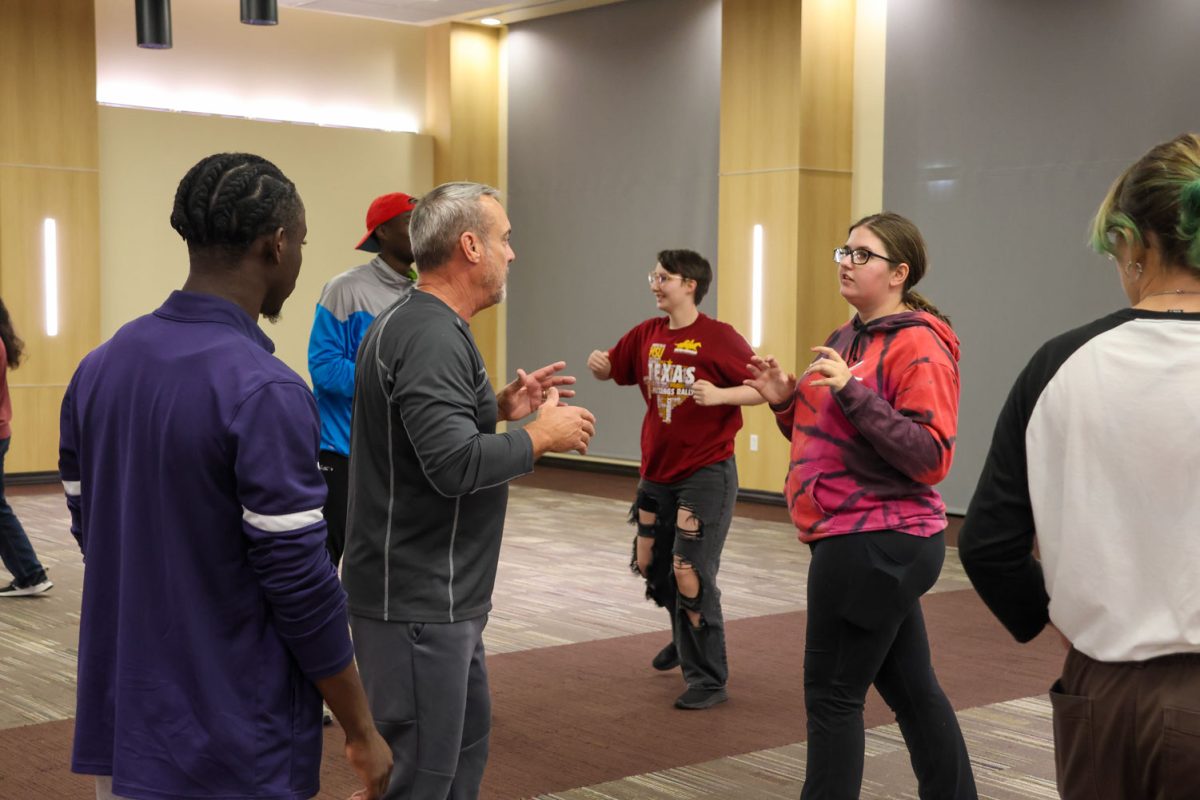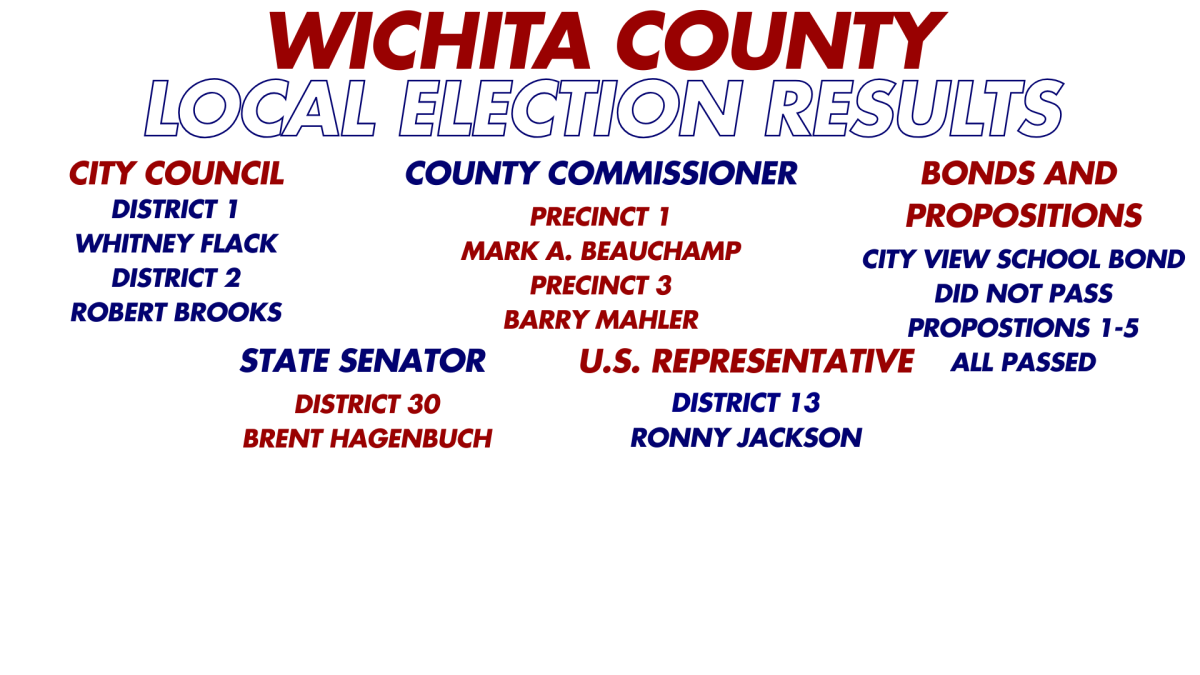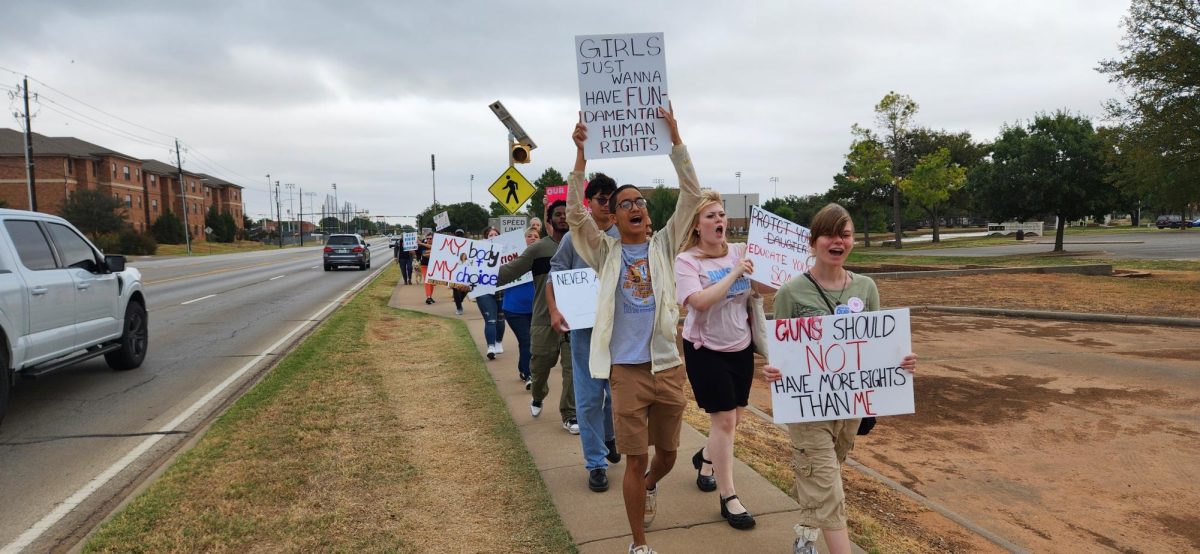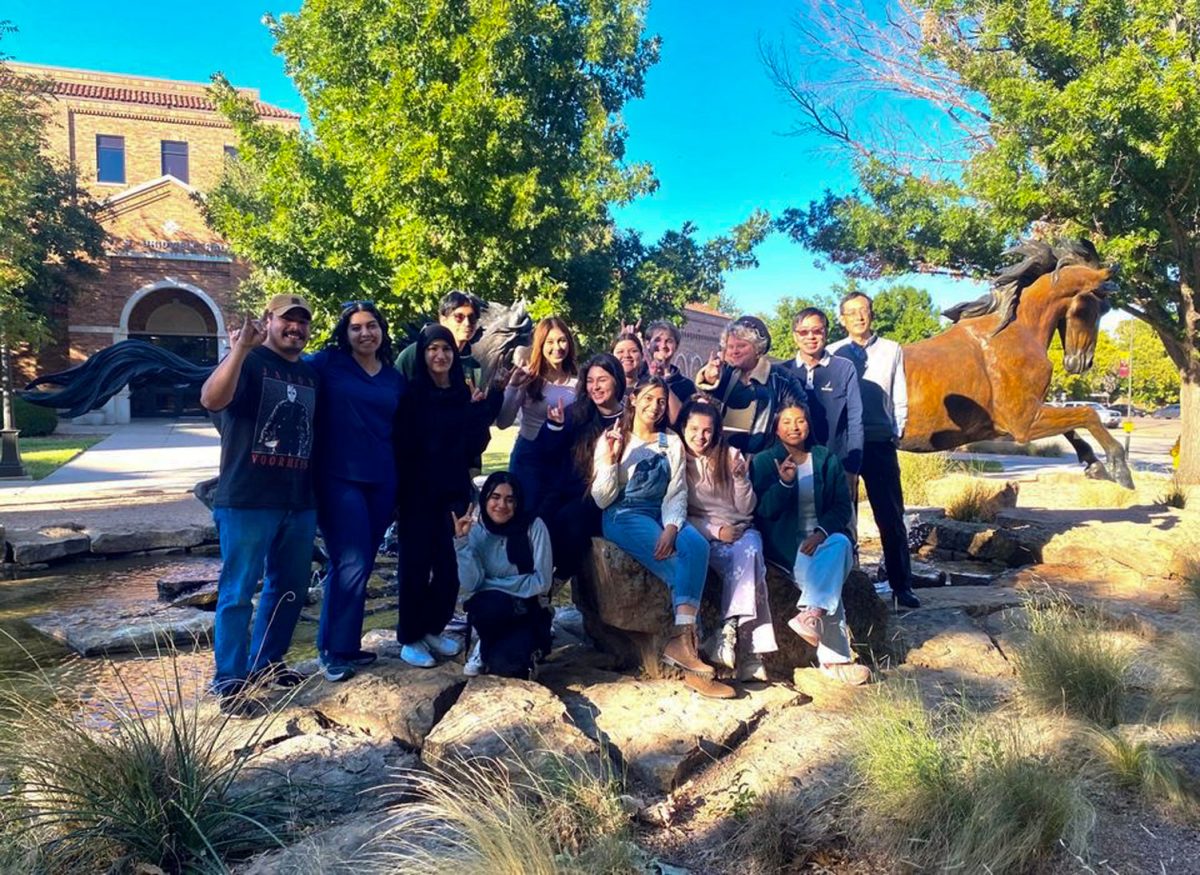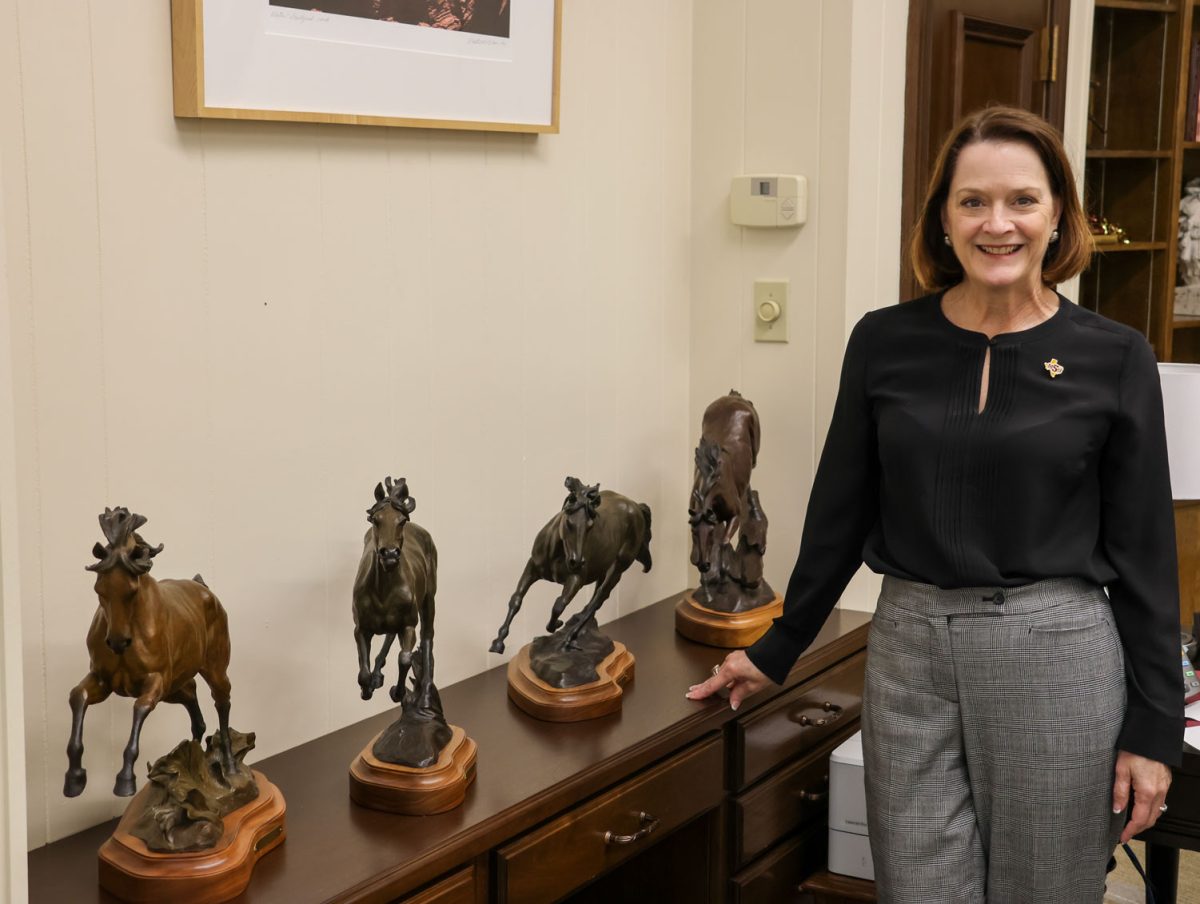Economic development | Enrollment | Budget | Nursing | Housing | International enrollment | Crime | Greek life
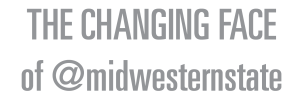

While universities across Texas have seen unprecedented growth over the last decade, MSU peaked in 2010, a result, officials say, of a combination of factors including enrollment standards and the economy.
Over the next few years — decades — all of the changes at the university from students services to faculty/staff salaries to new buildings are dependent on enrollment growth.
Marilyn Fowlé, vice president of business affairs and finance, said, “If you grow enrollment then you have more money. You’ve got more students paying the same amount but you’ve got more of them so that’s our strategy for now, is to grow enrollment. You’ve got all of these costs that are the same no matter if you have 2,000 students or 6,000 students. Obviously it’s better to have the 6,000 students and cover those costs.”
The composition of the students attending MSU for the first time is also changing with more students taking advanced classes in high school.
“In time we will get more of those students because students in high school are starting to take more and more of these classes. Now were getting more and more freshmen every year who are sophomores,” he said.
The growth also means changes on campus as fewer students commute to campus and more live on campus.
“We’re becoming a residential campus. Residential population is exploding,” Lamb said. And he said this means providing more campus services from dining to counseling.
Lamb said when he looked at where these students were coming from, clearly more were coming from outside the Wichita Falls area. To pursue even more students from the Dallas/Fort Worth metroplex, the admissions office hired Adam Pitts to work full-time recruiting students in that area.
Most of the students that aren’t from the Wichita Falls area are coming from the Dallas/Fort Worth area.
Reporting by Amy Portillo




